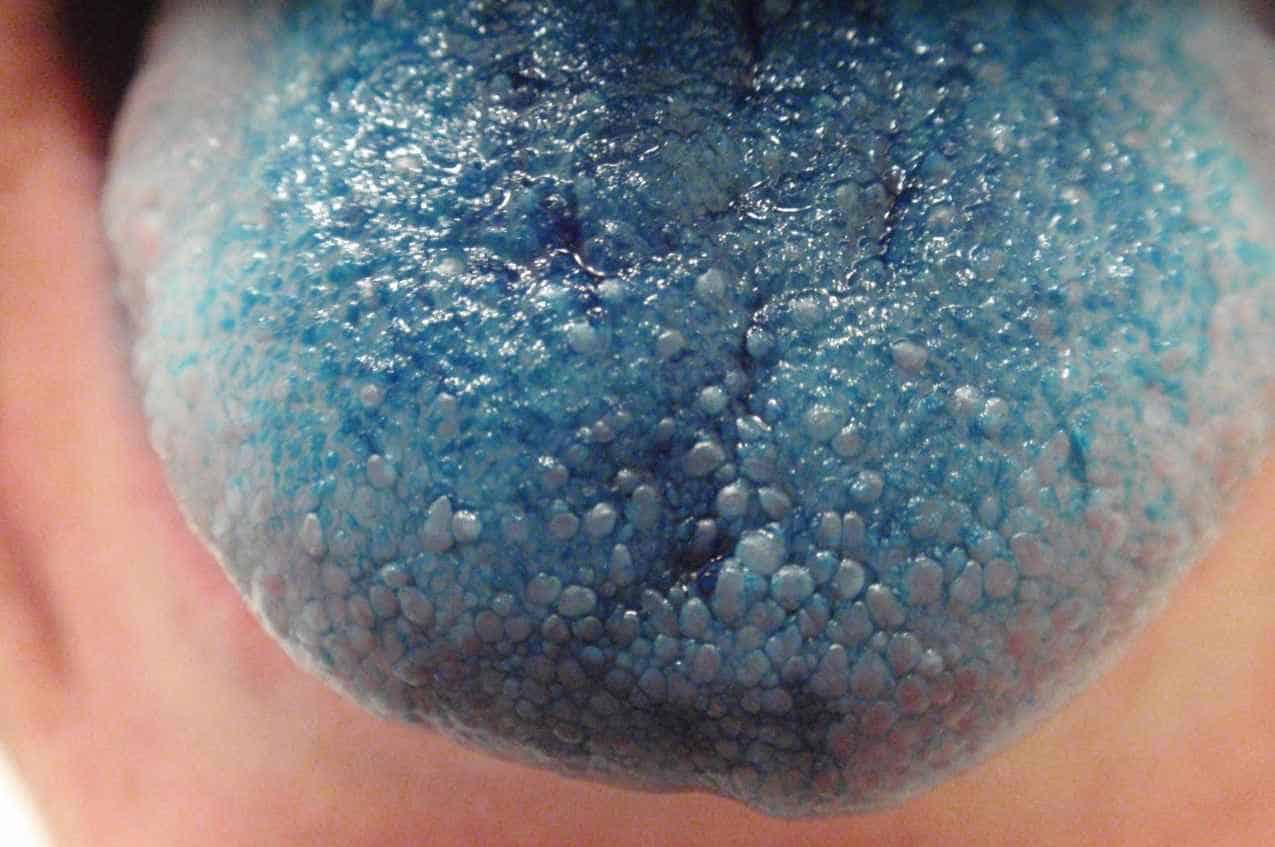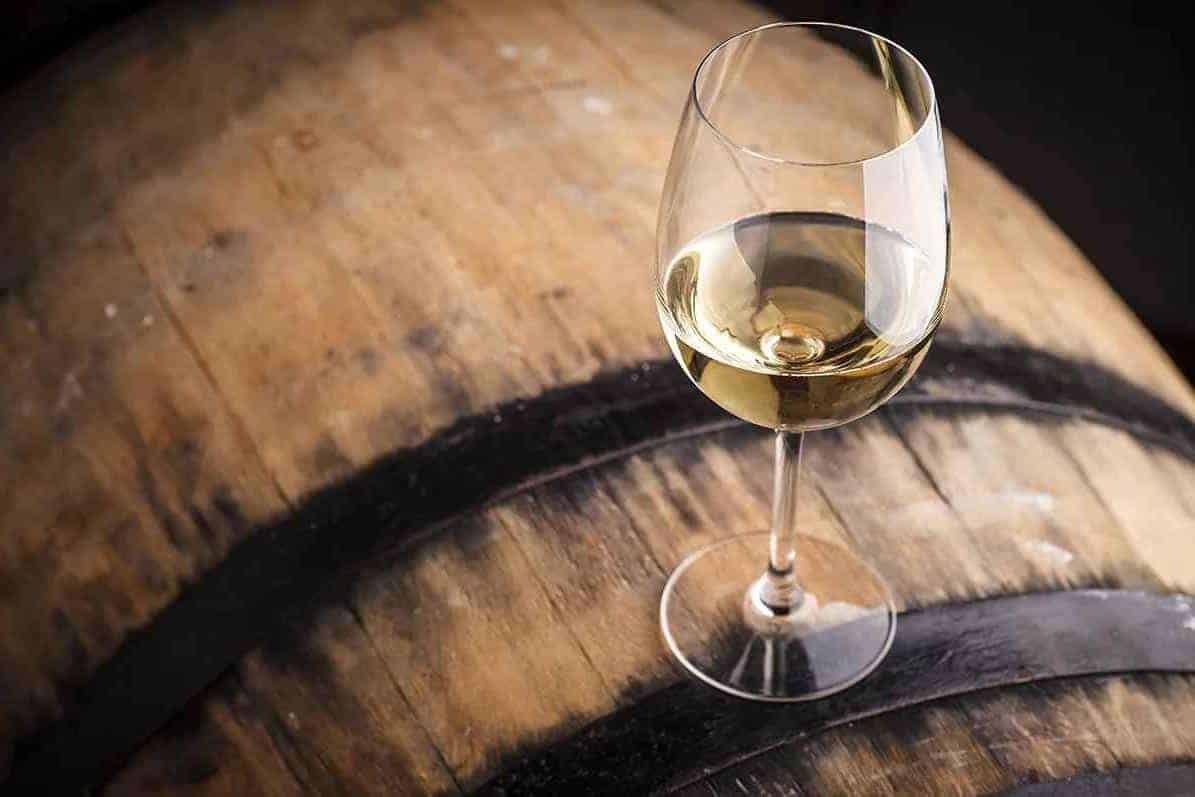When drinking wine, the flavor notes are one of the most important parts of the experience. But do you know that some people can have a more innate ability to taste flavors? In this article, we’ll tell you all about how to tell if you’re a supertaster!
What is a Supertaster?
Supertasting is linked to genetics and occurs when someone has a specific variation of genes that increases the number of tastebuds in their tongue. This causes them to experience tastes more intensely than others.
In particular, supertasters tend to be most sensitive to bitter flavors, like those found in coffee or leafy greens such as kale or arugula. They may also find sweet foods too rich and overwhelming due to partially experiencing more sweet notes comparing non-supertaster individuals.
As for how it affects people’s lives, being a supertaster can involve heightened sensitivity. A blessing when they enjoy food or a curse when they do not. How to Tell if You’re a Supertaster

When it comes to being a supertaster, there are some telltale signs that you might notice, such as:
- Hypersensitivity to Bitterness: Supertasters may have an increased sensitivity to bitter flavors due to the larger and high papillae density at the back of their tongue. This magnified response can heighten bitterness, leading some to often avoid foods that taste overly sour, unpleasant, or disgusting. You might tend to avoid the following: (Beer, Coffee, Tea, Chocolate or Other Cocoa-based products)
- Perception of Food as Overly Seasoned: This could manifest itself in finding dishes to taste too salty, spicy, or peppery compared to others who experience the same food items with more subtlety. There’s. However, no certainty since this is also dependent on personal tastes.
- Spice Intolerance: Another symptom of supertasting is having trouble with spicy dishes. So if your mouth feels like it’s on fire after taking one bite of those buffalo wings, then maybe you’re in this category.
- Sensitivity to Texture: Texture plays a vital role in eating, which includes mouthfeel changes, another area sensitive to folks’ tongues. Then we’ve got texture sensitivity- lots who fit into this camp may not enjoy certain textures like slimy oysters or gritty vegetable pulp. That said, though, this could very much be just personal preference.
- Ability to Detect Certain Flavors in Vegetables: This sign is very particular about including green veggies. What about Cilantro? Love it or hate it; it probably depends on how much sensitive your taste buds are.
Identifying Your Taste Bud Density
Papillae Count Examination

Materials:
- Hole puncher
- Blue Food Coloring
- Flashlight
- Magnifying Glass
- Mirror
- Take a small amount of blue food coloring and add just enough to turn it light blue. Tip: If you put too much, use mouthwash or water rinse thoroughly until neutral in color.
- Stick a hole puncher in your mouth. Note that since saliva is a factor, you can tilt your head upwards to keep it.
- Sit in front of a mirror and observe your tongue.
- Make sure sufficient lighting makes the tongue surface more visible. You can also use a flashlight and magnifying glass to aid this step.
- Observe how many papillae are present inside the hole puncher. Most have around fifteen to thirty, so if you have more, there is a great chance you’re a supertaster!
Iodine Test

Materials needed for the iodine test include:
- A dilute solution of potassium iodide (KI), can be obtained from online sources or pharmacies.
- Blue Food Coloring
- A Small Container
- Dropper / Cotton swab
- Mirror
Instructions:
- Start by thoroughly rinsing your mouth with water to remove any residual flavors. It will help you get more accurate results.
- Add the 3% Potassium Iodide Solution provided into a container.
- Then proceed with gently dipping either dropper or cotton swab into the solution.
- Allow at least 30 seconds to allow the absorption process to occur.
- Same with the iodine solution, place a few drops of blue food coloring using a cotton swab.
- Wait for a few seconds and observe the color of the blue food coloring on your tongue.
- If you are a supertaster, you will notice a strong, bitter taste and the blue food coloring may appear darker or even black.
Note that there is no concrete way to test being a supertaster. It all depends on perception, as there is no scientific backing for this one yet.
The Impact of Being a Supertaster on Wine Tasting Abilities

Being a supertaster can be a double-edged sword for wine drinkers. So, let’s explore these nuances and see the pros and cons of this ability.
Heightened Appreciation for Nuanced Flavors
Because wine tasting involves identifying and analyzing various sensory components (like tannins and fruitiness), supertasters may be able to pick up on subtler nuances that other people might miss.
However, it doesn’t necessarily mean better wine-tasting abilities. It just means having a different experience.
Sensitivity to Bitterness and Astringency in Wines
Riding off the previous point, a higher taste perception can also be a curse. For example, while they may excel at picking out specific notes like grapefruit or green apple in a Chardonnay, they may struggle with wines with high tannin levels because those facets can overpower the palate.
This con is very apparent in wines like Port or Chardonnay, which tend to be bold and heavy on the palate.
Ability to Discern Complex Flavor Profiles
With sensitivity comes more ability to discern complex flavor profiles. This is especially great for determining aftertastes.
Some experts believe that training your palate through practice is more important than innate sensitivity. In fact, ‘blind tastings,’ where one tries multiple varietals without knowing what each glass contains, help train the palette and give a broader perception of wines.
Wine Recommendations for Supertasters
Now that we know the facets of what makes a supertaster and its effect on your wine-tasting abilities let’s get into the wines to avoid and enjoy.
Wines to Avoid

High-tannin Red Wines: Tannin provides your wine with its bold red colors; however, it can also be very astringent. Even for ordinary folks, high-tannin wine can be bitter and too much. What more for supertasters?
If you are one, keep these wines in mind:
- Cabernet Sauvignon
- Syrah/Shiraz
- Merlot
- Nebbiolo
- Malbec

Overly Oaked Wines: Highly oaked wines have not only high tannin but also high alcohol content. This can make the wine very bitter, especially for supertasters. The texture can be too much for supertasters too.
- Port
- Rioja
- Shiraz
Wines to Enjoy

Light-bodied Reds and Whites: Light-bodied wines are perfect for supertasters. It has minimal texture, while the flavors are more pronounced. The fruity and floral nuances are also very prominent, which makes for a better wine-tasting experience.
- Pinot Grigio
- Sauvignon Blanc
- Albariño
- Vermentino

Wines with Balanced Acidity and Sweetness: Wine like this is great primarily because it allows them to taste the complex layers of flavors. It provides a delicious drink for supertasters without feeling overwhelmed by any aspect.
Supertasters have a more sensitive palate, so balancing flavors is excellent! They tend to play off each other while providing harmony is a key factor.
Embracing Your Supertasting Abilities
Strategies for Enjoying Wine

Experimenting with Different Wine Styles
As a supertaster, you have an advantage when it comes to identifying subtle nuances and flavors in wines that other people might overlook. To take full benefit of this skill:
- Taste extensively around the varieties.
- Do experiments ranging from trying popular varietals (Chardonnay, Merlot) or unique ones uncommon within one region.
- Get out of your comfort zone. Don’t get tied down in old-world wine regions such as France. South Africa and Australia also have some blends you can get a kick out of.
Engaging in Mindful Wine-tasting Practices
If you want to savor your wine’s flavors, it’s best to find a peaceful spot without any interruptions. You can better assess how things taste by giving it full attention and perhaps even picking up some new notes.
Remember- nose & visuals count! It is just as crucial for tasting, though, like with our favorite meals. Checking out scents or hues within swirls should also be taken into consideration.
Sharing Your Unique Perspective

Participating in Wine Tastings and Discussions
Calling all wine lovers! You don’t need to be a pro to enjoy and learn more about wine. Exploring different perspectives can broaden your palate, such as sipping with friends with similar taste buds.
So hey! Gather those pals and head for winery tours or tastings that won’t break the bank (usually under $10).
Contributing to the Wine Community
Don’t have wine clubs and places near you? Then, let’s get on the internet. As we know, the web is a hub for exploring many communities, which is great because it can also include wines! You can even find one for supertasters such as yourself.
Sharing your notes on wine review sites such as Vivino can also be a great way to help the community. Many wine lovers love to look at those sites to find out if the bottle they want holds the right flavor.
In Conclusion
With this, you can now know how to tell if you’re a supertaster. So, try out some of these tests and know if you have this ability today!

